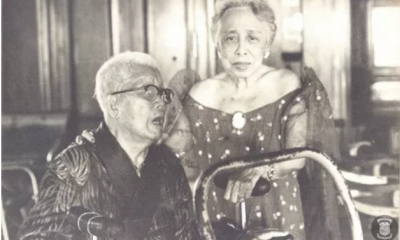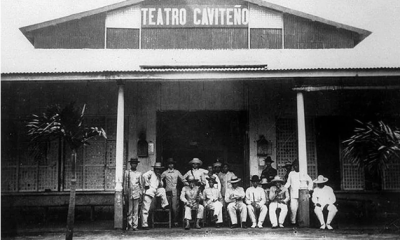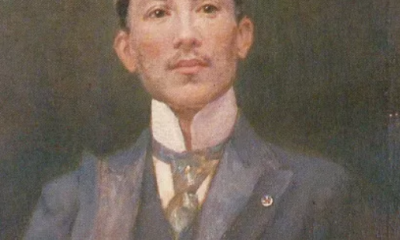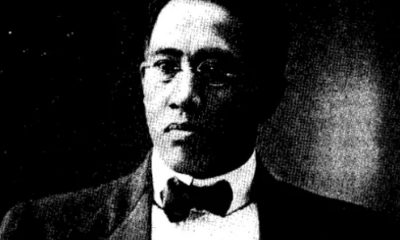History
Today in PH History
On September 14, 1815, the galleon trade between the Philippines and Mexico ended a few years before Mexico gained independence from Spain in 1821. The Spanish Crown took direct control of the country, and was governed directly from Madrid.
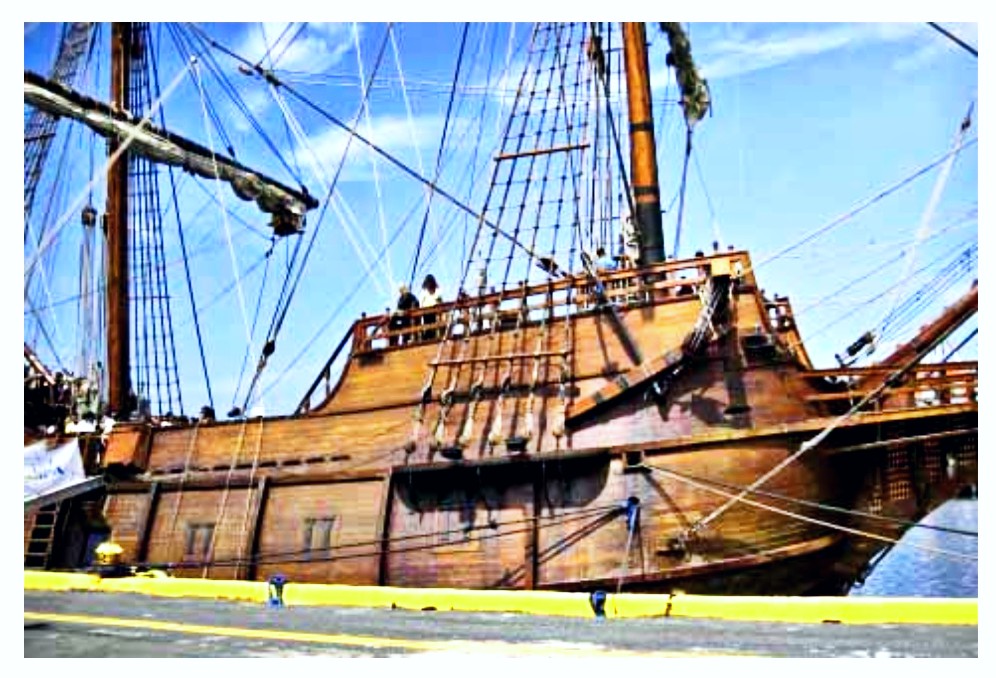

The opening of the Suez Canal and the invention of steam ships, which reduced the travel time from Spain to the Philippines to 40 days, made this more manageable.
Galleon trade became the fundamental income-generating business for Spanish colonists living in the Philippine Islands with a total of 110 Manila galleons set sail in the 250 years of the Manila-Acapulco galleon trade (1565 to 1815).
The Manila galleons or Manila-Acapulco galleons sailed the Pacific for nearly three centuries, bringing to Spain their cargoes of luxury goods, economic benefits and cultural exchange.
However, galleon trade benefited only a very small coterie of privilege Spaniards – the Spanish governor, members of the consulado (merchants with consular duties and rights) usually insulares, and Spanish residents in Manila.
Positive results of the galleon trade were the intercultural exchanges between the Philippines and the Americans, symbolized by no less than the Mexican-made Virgin of Antipolo, chosen as the patroness of the sailors, who protected them from the untold perils across the Pacific.
The mango de Manila, tamarind and rice, the carabao (known by 1737 in Mexico), cockfighting, Chinese tea and textiles, fireworks display, tuba (coconut wine) making came to Mexico through the trans-Pacific trade.
In exchange, the return voyage brought innumerable and valuable flora and fauna into the Philippines: avocado, guava, papaya, pineapple, horses and cattle.
The moro-moro, moriones festival, and the image of the Black Nazarene of Quiapo, were also of Mexican origins.
The Manila-Acapulco galleon trade began when Andres de Urdaneta in convoy under Miguel Lopez de Legaspi, discovered a return route from Cebu City to Mexico in 1565.
Reference: Philippine News Agency archives
Photo credit: http://www.gmanetwork.com/
Article: Kahimyang Project







